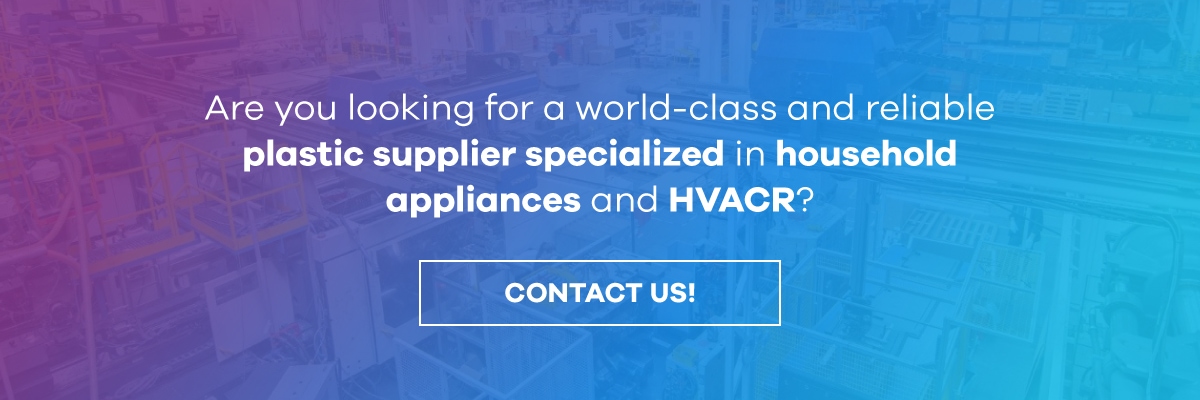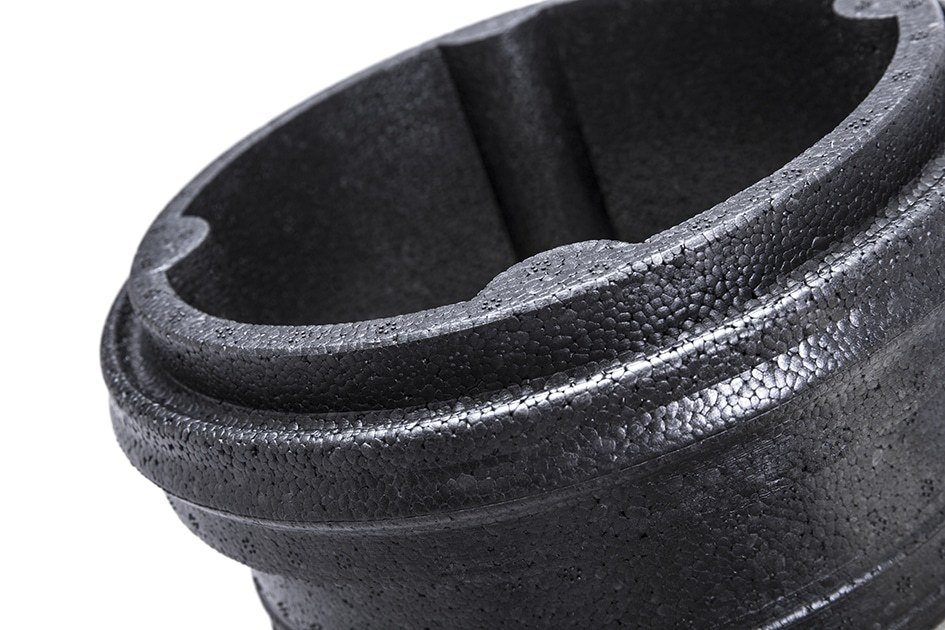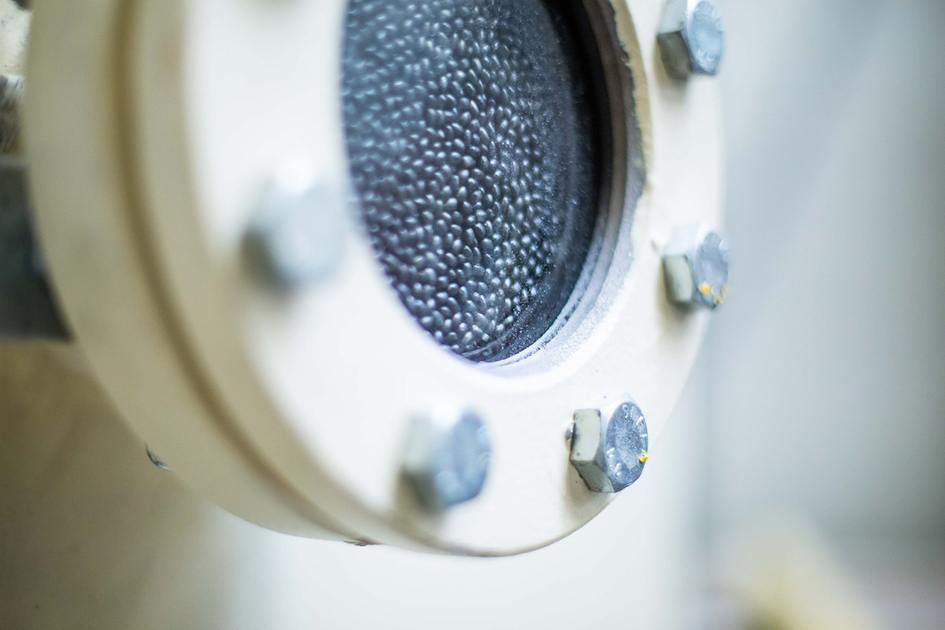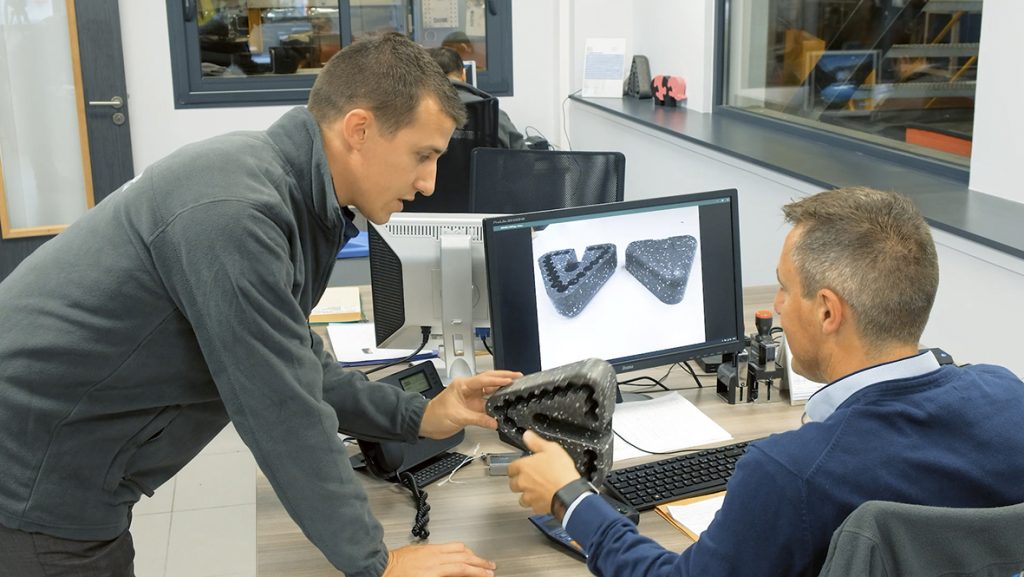Injection molding is a technology that solves many issues for HVAC companies. In fact, many HVAC companies utilize some of the technology’s solutions to improve the efficiency in their operations and improve results.
We want to explain the benefits and advantages of the technology and why choosing this type of technology is a good option.
What is injection technology?
Injection molding technology refers to a mass production process involving the successive creation of similar parts. It is a manufacturing process ideal for, especially complex parts.
The technology adopts the process of injecting molten plastic materials into a mold, which are then cooled and solidified to form the desired part or shape. The process then keeps on repeating for massive successive production. But how does that actually happen?
The injection molding technology unit comprises an injection section as well as a clamping section. At the injection section, the molten plastic material is made ready for injection into the mold, whereas at the clamping unit, through the composite of pressure and temperature, the molten material is received and transformed into the final output.
You might also be interested in: EPP, the perfect material for duct systems and fittings
Plastic injection process
The plastic injection molding process outlines the path taken in producing plastic parts using injection molding technology. The process can be described as follows:
First, an expert mold maker crafts the desired mold. The mold crafted will essentially dictate the design of the final output because it contains all the required specifications for the plastic part desired.
As soon as the mold is fully ready, it is placed inside a plastic injection molding machine where the actual injection molding process takes place.
Thermoplastic pellets are then channeled into the barrel of the injection-molding machine where they are subjected to intense frictional forces between the barrel itself and the rotating screw. This excessive force causes the pellets to melt, forming molten plastic material.
The mold, which has two halves, a cavity, and a core, is subjected to immense hydraulic pressure that presses the two mold halves together. This is then followed by the rotating screw pumping a stipulated quantity of molten plastic material into the mold cavity under high pressure.
As soon as the molten plastic material settles in the mold cavity, it gradually cools down as it solidifies. In the solidification process, the material takes up the exact shape of the mold.
Once the cooling process is fully complete, the mold opens up and spits out the solidified part using ejector pins. As soon as the part is ejected, the injection molding process resumes and this cycle keeps repeating for a successive production.
Advantages and benefits of plastic injection
Plastic injection molding presents several benefits to both the manufacturer and end-user as follows:
Efficiency
The injection molding process takes up a relatively shorter time to produce a part. This allows for swift successive part production, thus taking advantage of economies of scale in producing high-quality outputs.
The quality of these outputs is consistent throughout the production process, ruling out any possibilities of human errors.
Precision
Automation technology is always keen on delivering accurate designs. Right from the design process all the way to the manufacturing process, the involvement of computers that rely on advanced machine language guarantees high-level precision in constructing the injection molds.
With such advanced injection molds, the high-level precision is equally transferred to the final parts.
Strength
Plastic injection molding does a great job of enhancing the strength of parts produced. To produce durable and strong parts, fillers can be added to the mold, reducing the injection pressure in the molding process, as well as infusing additional strength to the part after the molding is done.
In other words, the filler enhances the properties of the plastic material in a way that adds to its strength.
You might also be interested in: Expanded polypropylene heat recovery system parts
Saving costs
Being a highly automated process, plastic injection molding is also highly cost-effective. Automating a manufacturing process effectively eliminates the variable costs of labor.
With minimal human interference, the injection molding machines can function optimally, thus keeping the machine overhead down. The end-user tends to benefit from the low costs as well due to the low cost of production.
Flexibility to use different plastics
Plastic injection molding makes it possible to concurrently use different plastic types in the injection molding process. This completely rules out the discrimination aspect especially when a customer’s specifications demand the blend of a particular plastic-type.
Are you looking to improve the accessories of your HVAC business? At Knauf Appliances we are your go-to global solution for all your plastic injection molding needs. Our solutions are widely recognized for their lasting nature and quality blending owing to the advanced injection molding technology applied.
Our expertise in plastic molding and injection spans many decades and we are renowned for high-level precision parts. Our design and development team has taken a keen interest in providing wide-ranging plastic solutions that are also eco-friendly and highly affordable. Contact us and we will find the solution you have been looking for!





